Leather Touchpad
By: Spatula Tzar

Leather TouchpadBy: Spatula Tzar |  |
If your flimsy plastic laptop looks like it could use a little style, then look no further. A leather touchpad is sure to turn a few heads, and it's a great way to recycle. I got my leather from an old couch about to be thrown away. For the vegans amongst us, feel free to use vinyl instead, but don't forget about all those poor innocent little hydrocarbons who gave their lives for your laptop.
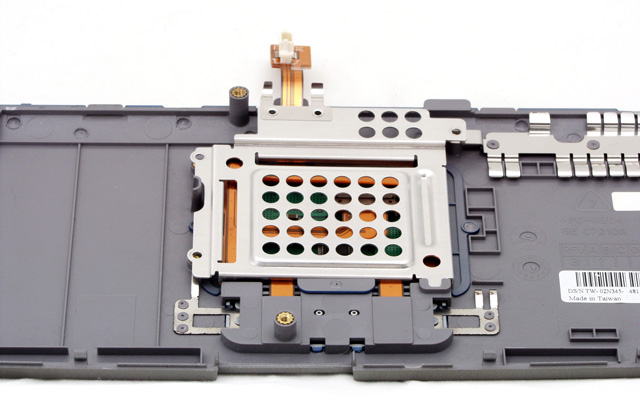 |
First you need to disassemble the touchpad. Every laptop is different, so you'll have to figure out how to open it on your own. Once inside, the touchpad assembly should look something like this. |
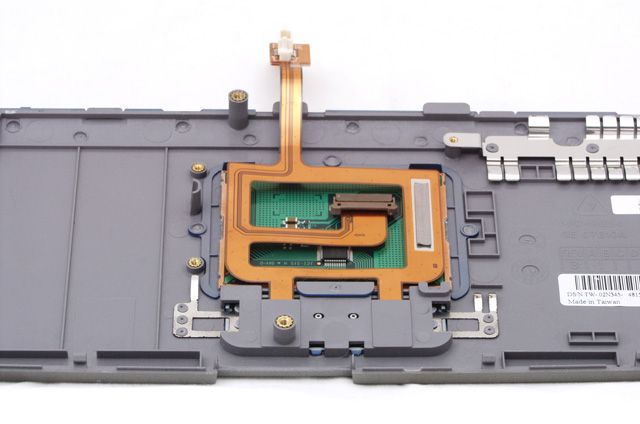 |
Next remove the metal shielding over the touchpad, then carefully unclip the ribbon cable from the circuit board. With the cable removed, the circuit board should pop out. |
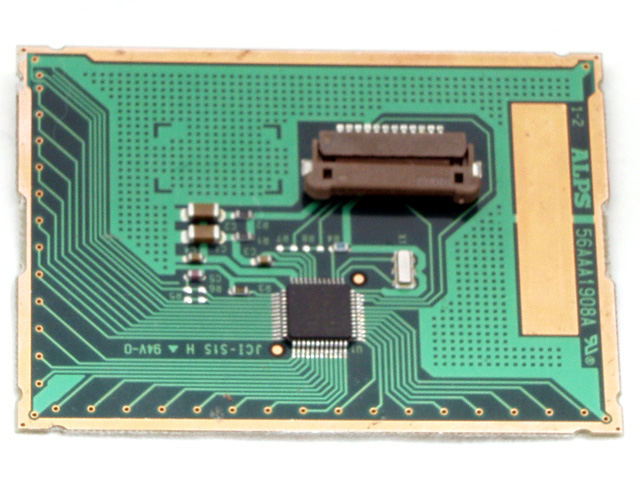 |
The circuit board is actually the entire touchpad. It's little more than a grid of traces with a plastic covering for the touch surface. Remove the plastic, and scrub off any underlying adhesives. |
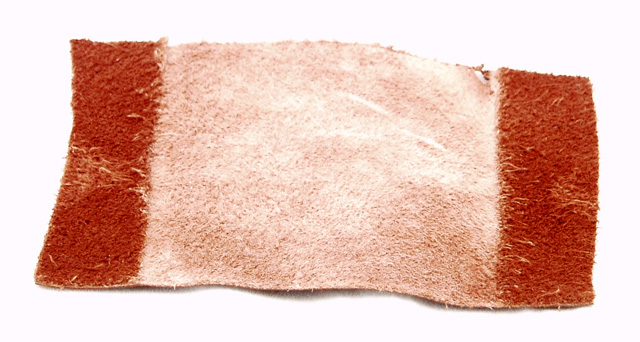 |
Now comes the hard part: prepping the leather. Most sources of leather are too thick to be used directly. The underside must be shaved down; a tedious task. I tried a multitude of tools, but the only thing which seemed to work reasonably fast was a belt sander. Of course, it's very easy to sand too far, and ruin the leather. The proper tool is a leather shaver, which is similar to a wood planer. If you have a leather store nearby, I highly suggest asking for very thin scraps. Tell them it's for a touchpad, and there's a good chance they'll let you have it free just to see what you make out of it. |
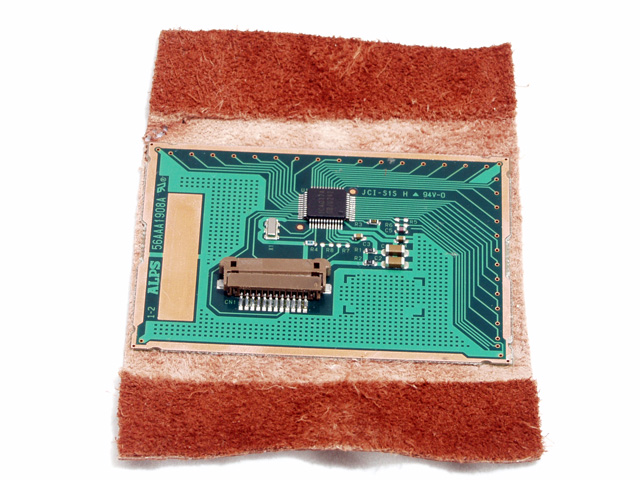 |
Once the leather is thin enough for the touchpad to work, glue it on. Leather is porous, so be very careful not to use excessive glue, less it seep through. I used a spray adhesive. |
 |
Once dry, trim the excess leather and reassemble the touchpad. It should fit together nicely, just like before. |
 |
Enjoy your new classy touchpad, with its rich colour and natural grain. Don't forget to show it off to all your rich corporate executive friends. Maybe they'll even ask you to make one for them. |
If leather isn't your style, maybe wood is. With thousands of commercial species to choose from, there are a near infinite number of unique colours and patterns. Next I'll demonstrate how to make an authentic wood veneer laptop touchpad.
 |
Disassemble the laptop, and remove the touchpad as before. A wire brush makes short work of any remaining adhesive residue. Using a sharp knife, cut a rectangle of veneer slightly larger than the touchpad. I used a fancy eucalyptus burl. |
 |
Glue the wood to the touchpad using thin cyanoacrylate. It will seep into the fibres of the wood, but this is acceptable. In fact, it is highly desired. Once adhered to the touchpad, apply another coat of cyanoacrylate to the veneer. It will look terrible at this point, but don't despair. The secret is all in the sanding. Start with 300 grit sandpaper, then quickly work up to 600. This is where the majority of sanding should take place. Use water, and wash the dust away frequently. Touchpads are resistant to electrostatic discharge, so don't worry about a bit of water as long as it's clean. I used an old PS/2 cable to periodically test the touchpad. |
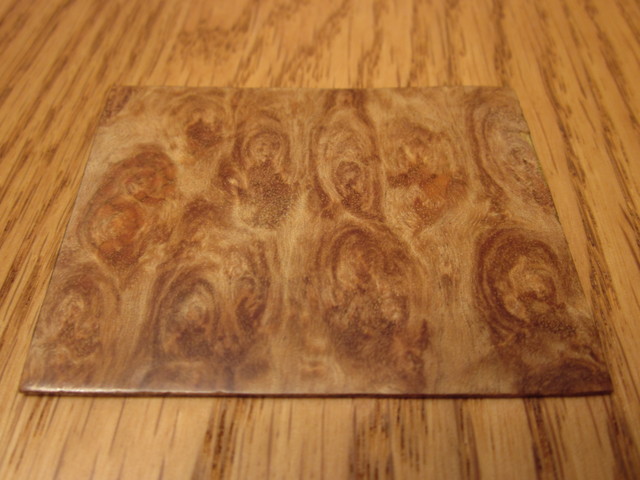 |
After the wood is nice and smooth from sanding, it's time for more sanding. Sand up to 2500 grit using the same wet technique. Rinse everything thoroughly, then let it air dry. Finally, use a buffing wheel to create a glossy sheen. |
 |
Reinstall the touchpad as before, and enjoy the beauty of delicate wood grain. It works as well as it did before. |
Bitcoin: 1KEWmWK3Sn9ToEHxhXmoXax6ycNGgLMfLv